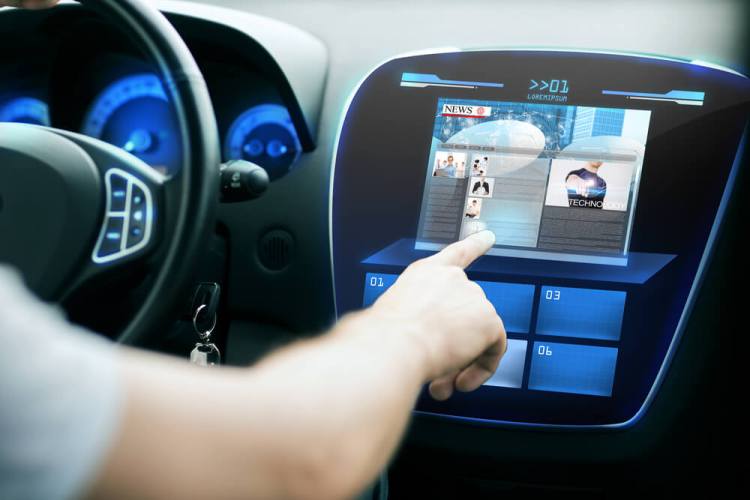Until recently, biometric technology was not a part of our daily lives, but was relegated to sci-fi flicks — too futuristic-seeming to comprehend being used in our lifetime beyond specialized applications in law enforcement, government, defense, and enterprises. While it’s not new, the technology only reached widespread adoption in the past 10 to 12 years, with multiple innovations targeting the mobile platform. Mobile phones brought to the forefront one of the biggest pain points in technology: remembering, forgetting, and recalling passwords. Biometrics provides a password the user never has to remember and is always available when needed.
In 2013, Apple introduced fingerprint recognition in the iPhone to make unlocking as simple as touching the front button. This opened the floodgates for biometrics, with the rest of the industry introducing the same on their own flagship smartphones. In 2015, Fujitsu/NTT DOCOMO introduced iris recognition in their smartphones in Japan, as an alternative to fingerprints, to allow a user to unlock the phone with just a look. Other companies, including Microsoft, HP, and Samsung, also added iris recognition to smartphones, and many other vendors have products in the pipeline.
And now, as in many other mobile experiences, biometrics is coming to a connected car near you.
In the connected car, different biometric technologies work better than others for various applications. Fingerprint recognition is naturally suited for cases in which the user touches some part of the vehicle: opening the door, starting the ignition, etc. Iris recognition is more appropriate in situations where a touchless interaction is more desirable.
Biometric driver authentication
The primary use case for biometric technology in cars is driver identification and authentication, which opens up new possibilities for interesting applications beyond vehicle security. With an increase in popularity of ride-sharing services, biometric technologies provide a way to authenticate the various users sharing the vehicle. The same is applicable in the case of fleets, where only authorized drivers should be driving a fleet vehicle.
Also, Uber and other similar services have to guard the safety of their passengers. A key aspect is guaranteeing that the registered and verified driver is the person driving the vehicle. Iris recognition integrated in rear-view mirrors provides a way to ensure only an authorized driver is indeed driving the vehicle at all times.
In addition to transportation services, payment services are also starting to use iris authentication. Mobile payment systems such as Apple Pay, Samsung Pay, and Google Wallet are already linked with credit cards, and mobile phones are being used in place of credit cards at payment terminals. An automobile can work in the same way. Once the car is connected to a payment system, biometric technologies can execute cashless payments at gas stations, coffee shops, and other drive-through stores, as well as in-car payments for purchases made via ecommerce or other sites accessed in the car.
The auto insurance industry is also rapidly moving towards using biometric driver authentication by applying premium rates specific to the driver driving the vehicle, based on the history and characteristics of the driver. Such an approach is expected to significantly benefit the safe driver who today pays premiums based on alternative approaches that take drivers of all profile into account. With iris-enabled rearview mirrors, a driver can be continuously identified and authenticated, ensuring the appropriate insurance rates are applied. This will make sure a new teenage driver has a different rate than more experienced drivers, even when they use the same car.
Personalization and autopilot-like alert
Biometric technologies can also be used for an effortless and more pleasing in-cabin personalization: setting the music, maps, and call history based on the preferences of the particular driver.
Iris recognition technology can also improve safety by monitoring drivers’ eye movements for drowsiness and distraction. In autonomous vehicles of the future, such a system can not only alert the driver but also activate the autonomous mode to drive the vehicle to safety, if so configured by the driver.
Connected cars are bringing drivers more convenience and entertainment, but they come with security and safety issues. Biometric technologies such iris, fingerprint, and voice recognition can help drivers navigate a safer and more user-friendly driving experience.
VentureBeat's mission is to be a digital town square for technical decision-makers to gain knowledge about transformative enterprise technology and transact. Learn More

